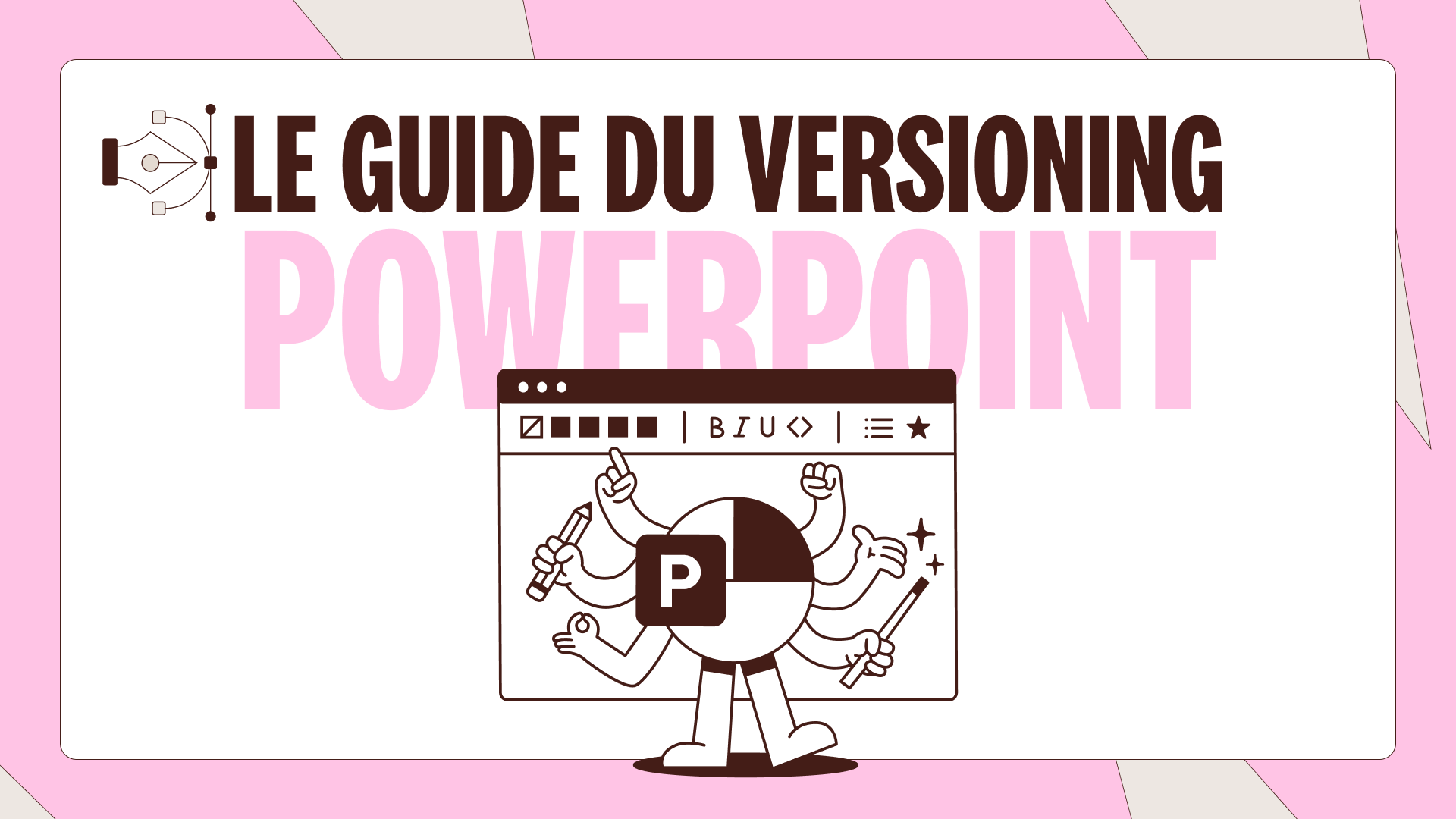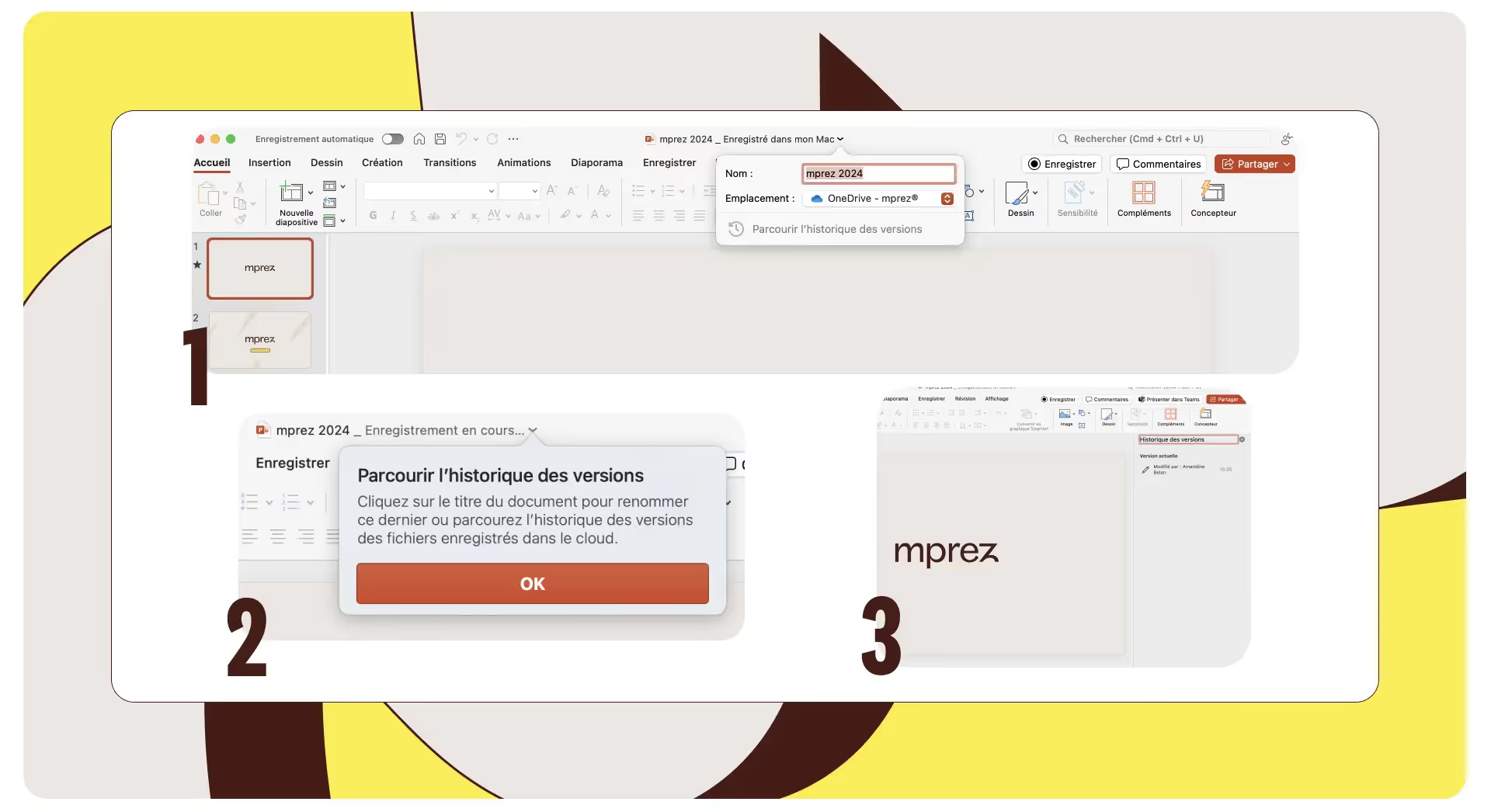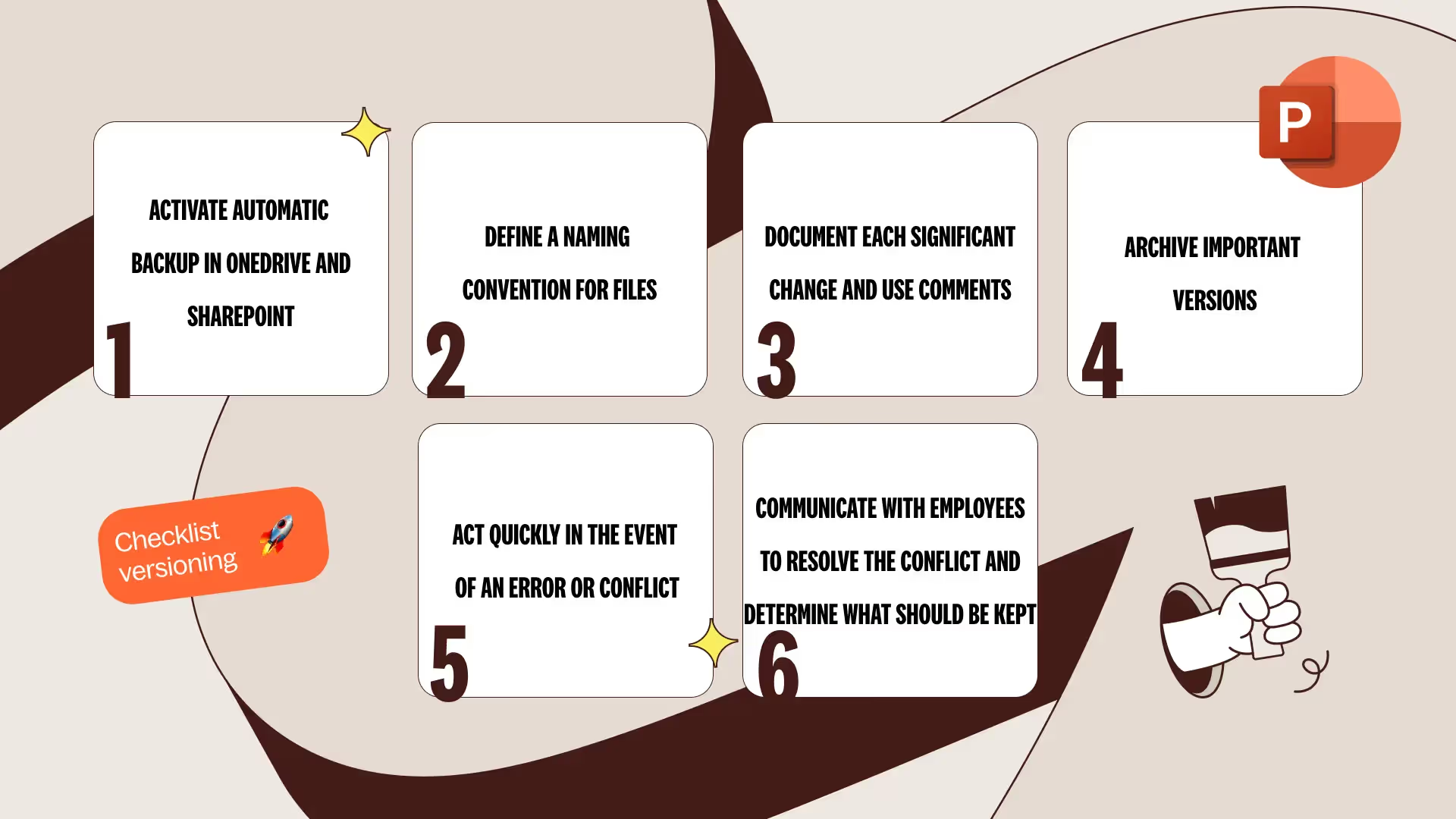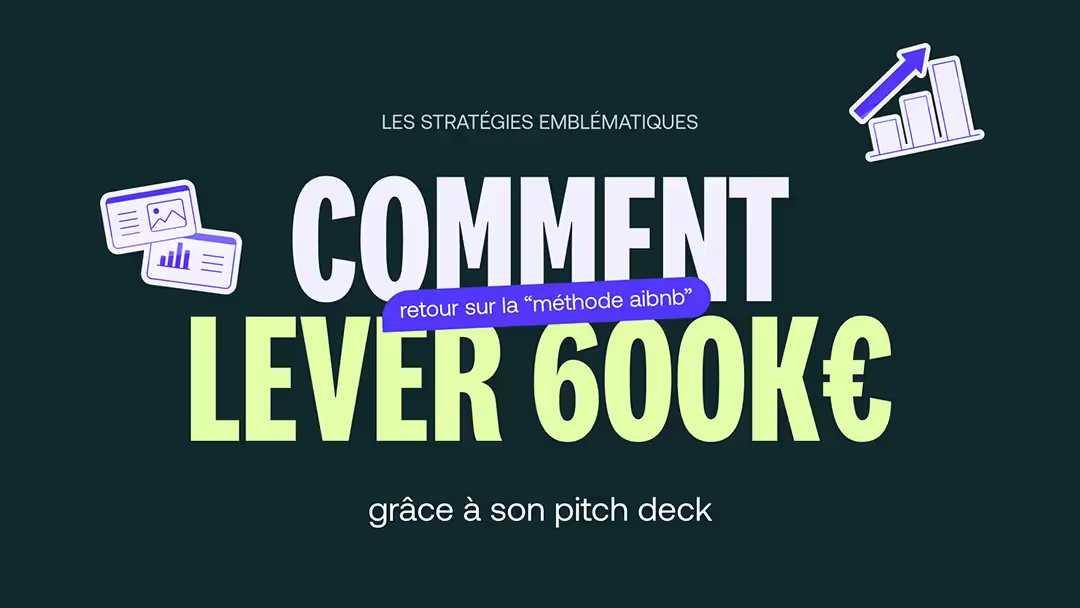The PowerPoint versioning guide
Learn how to manage the versions of your PowerPoint presentations with versioning!

Every document is a matter of steps and levels. For PowerPoint presentations, it's the same: effectively managing all versions of these documents is essential. Versioning, or version management, is an often underrated practice, but incredibly important for ensuring presentations remain organized, consistent, and up to date.
Today, we are trying to see more clearly on this subject and to analyze how fundamental versioning is and, above all, how it can be optimized. Whether you are a seasoned professional or new to using PowerPoint, this article will provide you with valuable tools and tips to improve your presentation management.
Everything you need to know about PowerPoint versioning
What is PowerPoint versioning?
Ppt versioning is the process of managing the different versions of a document to track changes. In other words, these are the steps you went through to reach your final version, and this is crucial in our digital age where versions stack up one on top of the other without being able to find the previous one.
Mastering ppt versioning makes it possible to prevent errors, to track changes and to opt for effective and lasting collaboration, since it allows several users to modify different aspects of a project without the risk of conflict or loss of important data.
The benefits of PowerPoint versioning
In addition to the business benefits of better collaboration, the traceability of changes, and the reduction of the risks of various errors, PowerPoint versioning has powerful personal benefits to help you with your daily work. Indeed, thanks to this, you will be better able to organize yourself and manage your work on presentation software. You will have more ease in returning to previous versions, which will limit your risk of error and boost your knowledge and confidence in presentation tools, since you will be able to try new methods while knowing that at the slightest mistake, you will be able to find your previous versions again.
How do I set up versioning in PowerPoint?
Good practices
- For your versioning to be simplified and less time-consuming, it is advisable to register each resource according to the following name: Prez_v1 name; PREZ_v2 name, etc. This will allow you to better sequence your changes and to be able to easily find previous versions.
- You can also add notes or comments to each change, so you can easily find the changed paragraphs or passages.
- Communication is obviously a fundamental key if you work as a team on the same document. Inform your employees of any changes or new versions and ask them to do the same in order to avoid duplicates or unnecessary repasses.
View previous versions of Office files
If your file is stored in OneDrive or SharePoint in Microsoft 365, you can go back to a previous version of the file by automatically backing up folders.
Simply go to the file you want to explore, click on the title, and select “Version History” to choose the agreed version. Once you have found the desired version, simply select the “Restore” option.

Control versions in lists and libraries
You can also store, track, and restore items in a list and files in a library, so you can keep a copy whenever they change. This extraction-based version control allows you to maintain control over your documents.
It should be noted that, if you are using Microsoft 365, Version control is now enabled by default when you create a library or list, and automatically saves the last 500 versions of a document.
If you are not using this version, then you have to activate and configure this option manually. You must then open the list or library on which you want to activate management control, go to “Settings”, then “List/Library Settings” and select “Control Settings”. Here, you'll need to define all the elements you want to control (be careful, the tool only saves 500 versions and deletes any version older than 365 days!) and confirm the selection.
If you want to restore or remove a version from a list or library, go to your list/library, select “Version History” and click on the versions you want to change.
Compare and merge two versions of the same file
If you worked together on a file, you may have created two separate versions, but you may want to group them together. To save time, Microsoft PowerPoint allows you to compare and then merge two versions.
To do this, go to the original slideshow, then click “Review” >” Compare”. “Choose a file to merge with the current layout” appears and you can then choose the other version of your document to merge it. After that, you will be able to see all the comments from both versions in the “Review” tab >” Slide changes” >” Comments”.
Use external versioning tools
To be sure not to lose your changes or to better codify them, you can use tools external to PowerPoint, which will make the work even more secure and avoid any problem related to a software bug or a virus. You can therefore use Google Drive to manage versions, or even Dropbox, which offers file versioning and retrieval features. Both tools are collaborative and will therefore allow you to include as many people as you need in the loop.
Checklist for effective PowerPoint versioning
Before you start
To ensure that PowerPoint versioning works properly, it is encouraged to enable automatic backup in OneDrive and SharePoint, which will allow you to never lose your work done, no matter what stage you are in. You should also define a naming convention for files, to make it easier to find your way around, and inform all collaborators of the versioning practices to follow, which will allow everyone to better navigate and not interfere with the work of others.
During the collaboration
During collaboration and general work, document each major change and use the feedback to clarify the changes. Additionally, check version history regularly and communicate frequently with the team to avoid version conflicts.
After each work session
Remember to save and close the presentation properly after each work session and to archive important versions. Finally, make an external backup if necessary, on Google Drive or Dropbox, for example, to be sure to save your progress.
In case of conflict or error
If you notice an error in the document or if some people on the team disagree about which version to keep, then you should act accordingly and as quickly as possible. Use version history to identify the problem, if it was an error, and restore an earlier version if necessary. If the problem is poor team management, communicate with your collaborators to resolve the conflict and determine what items need to be retained.

Conclusion
As you can see, PowerPoint versioning is a simple and effective way to better organize the work of creating slides. It allows you to promote collaboration without damage and to secure your data.
You can use methods internal to PowerPoint or work with an external system for greater security, and thus have a real-time overview of your evolution.
Thus, if you no longer want to worry about saving your slideshows, setting up versioning seems necessary in your daily use.
Sources:
DataScientest — Versioning : tout savoir
Microsoft Support — Afficher des versions antérieures de fichiers Office
Microsoft Support — Fonctionnement du contrôle de version dans les listes et les bibliothèques
Microsoft Support — Activer et configurer le contrôle de version pour une liste ou une bibliothèque
Microsoft Support — Effectuer le suivi des modifications dans votre présentation
Ce qu'il faut retenir
- Control the versions of your PowerPoint documents thanks to the possible internal and external versioning tools
- Establish codes to name documents
- Communicate with your teams
- Practice smart backup



